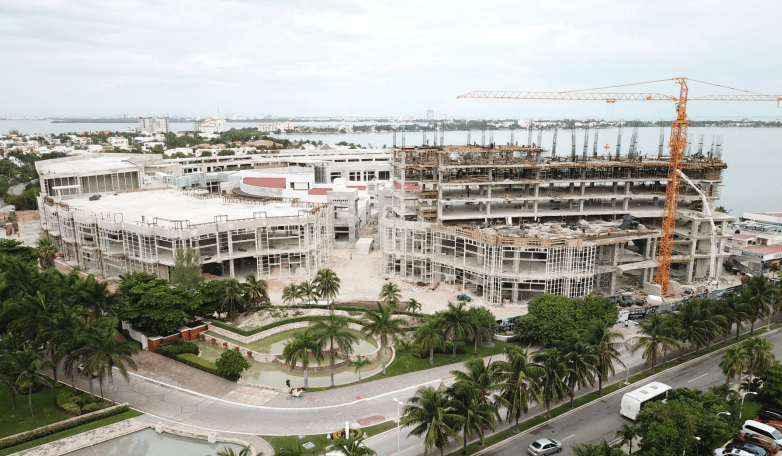Infrastructure and Real Estate Trusts (FIBRAs) in Mexico increased from 15 at the end of 2022 to 17 at the end of 2023.
What are FIBRAs? FIBRAs are vehicles used to finance the purchase and/or construction of real estate for the purpose of leasing or acquiring the right to receive the income from the rental of these assets, according to the Mexican Stock Exchange (Bolsa Mexicana de Valores).
In the current scenario, the market continues to expand and the sector includes 17 Fibras: Fibra Uno (Funo), Fibra Hotel, Fibra Inn, Fibra Macquarie, Fibra Terrafina, Fibra Shop, Fibra Danhos, Fibra Prologis, Fibra MTY, Fibra Educa, Fibra Up, Fibra Nova, Storage, Fibra Plus, Fibra HD, Fibra SOMA and Agrofibra.
According to Funo, Mexico’s largest public real estate company, Mexico’s industrial market continues to benefit from e-commerce in traditional and last-mile logistics formats.
Likewise, nearshoring continues with significant growth in central and border cities of the country.
FIBRAs
Funo highlights that the lack of real estate and high demand has pushed prices up, the main players in the real estate market have taken less flexible positions in terms of contractual issues and companies occupy pre-leased properties.
Mexico has shown to be a country with different opportunities and challenges: today there are markets in recovery and expansion, which have shown great adaptability and are expected to improve their performance in the following years.
Real estate sector
FIBRAs continue to be an instrument of great acceptance by investors who wish to participate in the real estate market.
This is largely due to the transparency, a periodic income scheme and the possibility of obtaining profits through the capital gains of the properties.
In recent years, the Mexican market has consolidated significantly thanks to these investment vehicles, which allow passive investors to participate in the real estate sector.
FIBRAs promote the development of the Mexican real estate market, offering a means for institutional investors to access this market, serving as a source of liquidity for developers and investors, and contributing to the diversification of real estate risks for them.

